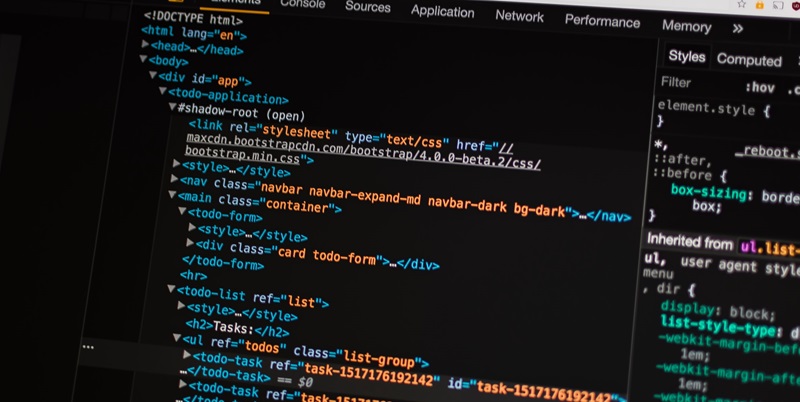With the rise of cybercrime, a new ransomware group called Alpha has recently emerged, causing concern among cybersecurity experts. Its launch of a Dedicated/Data Leak Site (DLS) on the Dark Web has raised alarm bells, signaling its intent to exploit victims’ fear of reputational damage and breach-related costs. This article delves into the intricacies of the Alpha ransomware group, its techniques, victims, and the importance of monitoring and analysis to mitigate this emerging threat.
Alpha Ransomware Overview
Since its initial observation in May 2023, Alpha ransomware has managed to establish a presence, albeit with a lower infection rate compared to its competitors. This implies a calculated approach by the group, possibly focused on targeting specific victims for maximum impact.
File Encryption Techniques
The modus operandi of the Alpha ransomware involves appending a random 8-character alphanumeric extension to encrypted files. Notably, this extension has been observed to evolve over time, a strategy likely employed to thwart decryption efforts by victims and cybersecurity professionals alike.
Iterative Process of the Alpha Group
The sophistication of the Alpha Group becomes evident in their iterative process of refining messages to victims. Analysis of the ransom notes reveals a pattern of refinement, indicating a willingness to adapt and improve their methods for increased success.
Unstable DLS: “MYDATA”
Alpha ransomware’s dedicated Data Leak Site (DLS), aptly named “MYDATA,” has surfaced as a key element in the group’s operation. However, it is noteworthy that the DLS frequently goes offline, signaling that the Alpha group is still in the process of setting up their operations. This could imply a young and evolving group that is yet to fully optimize its infrastructure.
Exploiting Fear and Reputational Damage
The utilization of DLSs by ransomware groups, like Alpha, aims to exploit victims’ fear of potential reputational damage or breach-related costs. By threatening to leak sensitive data, these groups manipulate victims into capitulating to their demands.
Diverse Industry Sectors Affected
The victims targeted by Alpha ransomware span diverse industry sectors, showcasing the group’s lack of discrimination when choosing their targets. From the UK, US, to Israel, no geographical boundaries seem to hinder the Alpha group’s reach, exemplifying its global impact.
Inconsistent Ransom Demands
An intriguing aspect of the Alpha ransomware group is the lack of consistency in their ransom demands. This could indicate a combination of talent and amateurism within the group, suggesting that they are still refining their approach and may not have fully established themselves in the cybercriminal landscape.
Potential Increase of Victims
As the Alpha Group gains more visibility and collects additional digital footprints, it is expected that the number of victims will increase. Their evolving techniques and growing understanding of potential targets make it crucial to remain vigilant and implement robust cybersecurity measures.
Importance of Monitoring and Analysis
To effectively understand and mitigate the threat posed by this emerging ransomware variant, continuous monitoring and analysis are essential. By staying informed, organizations can develop proactive strategies to protect their data and minimize the impact in the event of an attack.
The emergence of the Alpha ransomware group highlights the ever-evolving landscape of cyber threats. With their iterative processes, file encryption techniques, and exploitation of fear, the Alpha group poses a significant risk to organizations across various industry sectors. However, ongoing monitoring and analysis provide valuable insights to combat this emerging threat and safeguard against potential attacks. By implementing robust cybersecurity measures and remaining vigilant, organizations can defend against the Alpha ransomware and similar evolving variants.

